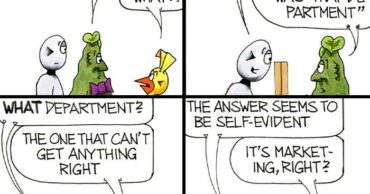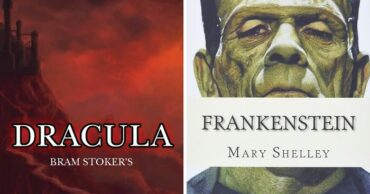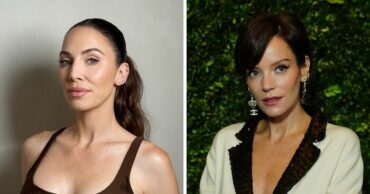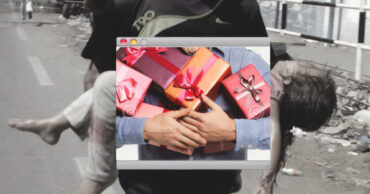Outlander, a historical drama based on the novel “Outlander” by Diana Gabaldon, has managed to garner quite a lot of attention. The romance, drama, and action are just a few reasons this show is a favorite. Additionally, the news of an eighth and final season on the horizon has left fans brimming with anticipation.
Throughout the previous seasons of Outlander, the show has provided audiences with valuable insights into history. Despite taking some creative liberties, Outlander remains true to history, for the most part at least. Here are seven things in the drama that are historically accurate.
1. The Castles
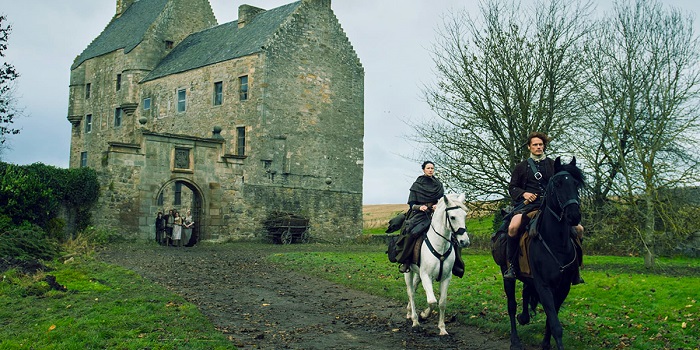
If Outlander did justice to anything, it would be the phenomenal castles they included. Some famous castles throughout the series are Castle Leoch and Blackness Castle, which are all too familiar to devoted fans. While it may be hard to believe, Castle Leoch isn’t a fragment of the imagination. It’s a real castle called Doune Castle in Perthshire.
Blackness Castle, tracing back to the 15th century, was an artillery fortress owned by one of Scotland’s most influential families. Its strategic position looking over the south shore makes it the perfect fit for the primary headquarters for Black Jack Randall, played by the brilliant Tobias Menzies. Overall, these medieval fortresses exhibit a sense of grandeur that supplements the already captivating storyline.
2. The Battle of Culloden
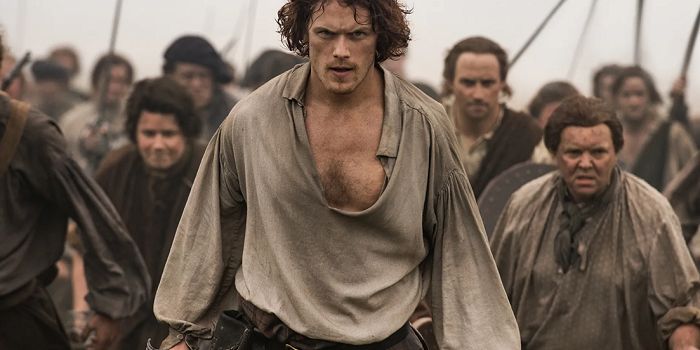
The Battle of Culloden played a significant role in Outlander. It was a turning point in the uprising of the Jacobites that completely altered the fate of the Scottish. The battle shown in the TV show is particularly notable for its historical accuracy, especially the portrayal of a bloody war that went south for the Jacobites very quickly.
The tragic aftermath of the war had a considerable impact on the Scottish, given the number of lives lost. Soon after, Bonnie Prince Charlie swiftly retreated, never to be seen again, much like in the show. The Battle of Culloden is an important reminder of the sacrifices made and continues to stay afresh in people’s minds today.
3. The Portrayal of Women as Property

In 18th-century Scotland, the lives of women were marked with significant challenges. The deeply rooted patriarchal system rendered women to the confinements of their homes, considered the possessions of their men. Claire and Jamie’s relationship in Outlander showcase the stark imbalance that existed at the time, especially when he decides to punish her for her behavior which led to her abduction.
However, Claire, a symbol of female empowerment, eventually eases Jamie into the idea of being equals in their relationship. While this is a significantly progressive move on the part of the producers, it’s important to note that this was an anomaly and not the norm. Most men at the time would not have welcomed this notion.
4. Lord Lovat

Lord Lovat, played by Clive Russell, shown to be a distant relative of Jamie’s, makes quite the impression in Outlander Season 2. He was a real historical figure, and his real name was Simon Fraser. According to Gabaldon, she stayed close to his personality for his character. The realism of which adds to the depth of the storyline.
However, as portrayed in Outlander, he had no such relation to Jamie. This was purely for the purpose of the storyline. The producers found it fit to settle him into the role of a paternal grandfather for Jamie, one that he delivered incredibly well.
5. Superstitions
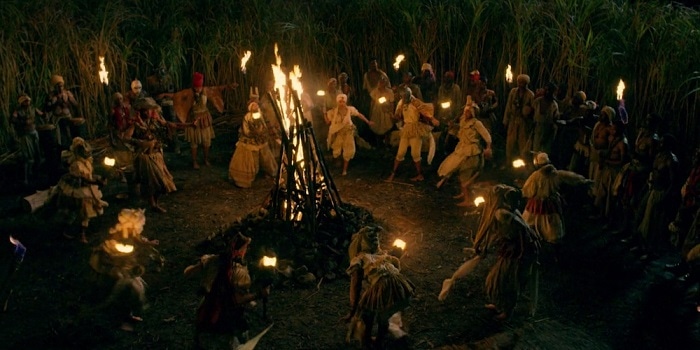
The Scottish harbored several deep-rooted superstitions, and Outlander does not shy away from portraying them as such. These superstitions also manifested in their everyday lives and significantly influenced their decisions. When the Scottish encountered something foreign, they would quickly attribute it to sorcery.
The inclusion of their heavy reliance on superstitions in Outlander is a testament to the show’s historical accuracy. Right from Outlander Season 1, episode 1, the Day of the Dead is observed, a holiday celebrating spirits roaming freely amidst the living. This particular scene also sets the stage for a talk about fairies and witches.
6. The Costumes
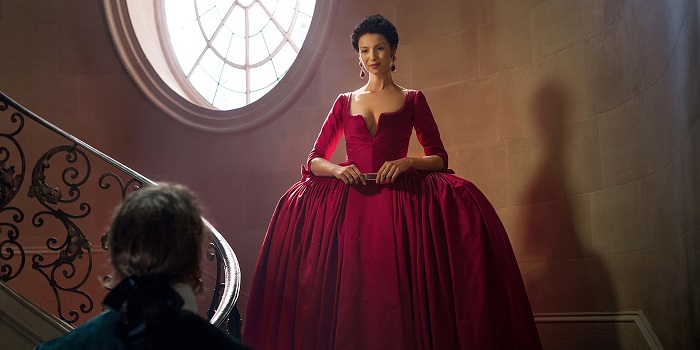
Outlander had spot-on costumes. Especially for women, and it’s all thanks to the mastery of Terry Dresbach, the phenomenal costume designer. The remarkable attention to detail also extends to the tailoring styles of the 18th century, which truly captured the essence of Scottish ensembles.
Everything aligns extremely well with history, from corsets and panniers to the choice of fabrics. And considering Dresbach designed over 10,000 costumes for Outlander Season 2 alone, it’s remarkable how each aspect of the dresses exudes authenticity. The costumes truly played a significant role in bringing the characters to life.
7. The Healers
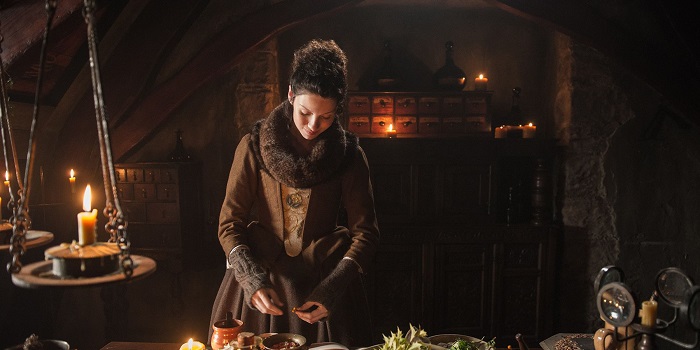
In the 18th century, Scotland was significantly different than it is today. With little to no options for proper medical treatments, the common man was cornered into relying on herbs and natural remedies to rid themselves of any ailment. This is why Claire, portrayed as practicing to become a herbalist, is another way Outlander stays true to its historical roots.
With the absence of conventional medical methods, Claire struggles to find the right treatments. However, having served as an army nurse for four years, she’s able to adapt to her journey as a herbalist quickly. Given her previous experience, Claire becomes a gifted healer in Outlander and serves several of her patients.
 Follow Us
Follow Us
